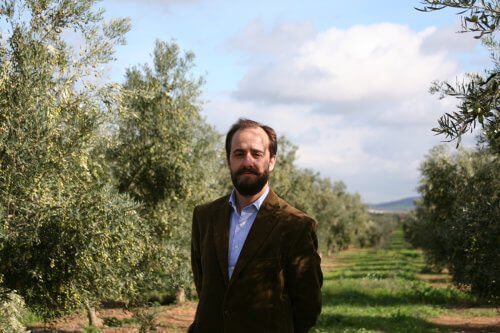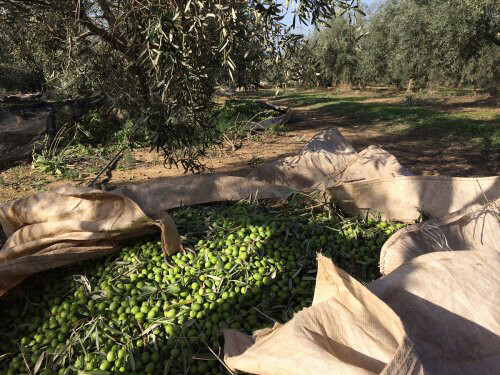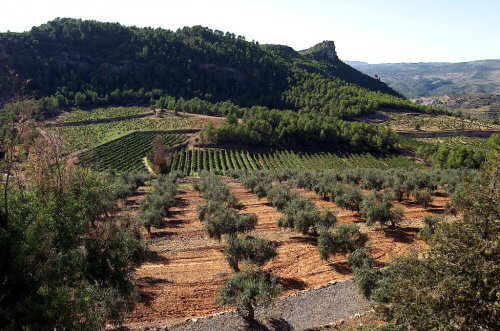Around mid-October, while producers were busy preparing to begin the olive harvest, we asked them what was in store for 2015.
Favuzzi - Estrémadure, Espagne
It will soon be time for the new harvest. Favuzzi expects the olives to have a fat content similar to last year’s, which means the average yield will be low and production costs will be high. This is a direct consequence of the poor weather we had this year. Since conditions have been very dry, the olives are small, but they have rich, concentrated aromas (green herb, tomato, artichoke). We are now experiencing heavy rains, but it is too late: even though water will cause the olives to swell, the oil yield will be low. We expect to produce extra-virgin oil of excellent quality since the olives are very healthy this year. The first pressing should give us a very harmonious oil, with balanced peppery and bitter notes. Our extra-virgin oil should be low in acidity, but high in oleic acid and nutriments. The harvest will be complicated given the low production and yields, which will result in additional costs. However, given the state of the olives, we believe quality will be exceptional.
Favuzzi seeks to improve every year. To maximize quality, we have invested in a refrigeration system to lower the extraction temperature in our presses (cold pressing). We also have new equipment to accelerate extraction and decrease oxidation. All these improvements were made in order to enhance our extra-virgin olive oil.
Goccia di Sole - Puglia, Italy
The new harvest has started this week, although olive collecting had to be momentarily interrupted due to rain.
This year, our territory as well as other parts of Italy is doing quite well. Most importantly, the olives are healthy this year, thanks to the summer heat and the good climate which have not allowed any pathogens to attack the olives. Therefore, we will have a purer product, meaning that it will be free of pesticide residues and of optimal quality.
As for the price of oil, we will have to wait and see how it varies once the new product is available on the wholesale market.
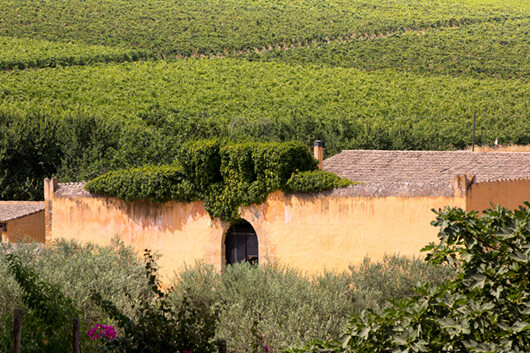 Planeta - Sicily, Italy
Planeta - Sicily, Italy
2015 seems to be a very good year for two reasons: last year we had a small production, and the olive tree is a plant that alternates between small and large yields. There were many good rains, with some time in between: early August, early September and early October. This generates a greater quantity of olives with a possible lower oil yield.
It seems to be the same in different areas of Sicily: a production of high quality, healthy thanks to the heat, with extreme temperatures in July that made life difficult for people but also for the olive fly, fortunately! Although the yield may be lower than usual, we are expecting large quantities of olives and an excellent quality Planeta extra-virgin olive oil.
We are starting the olive harvest with cool temperatures. It has a positive effect on the taste, and also I would say that we will have low acidity and therefore a superior quality oil.
On Monday we have started picking olives, two days after our “end of the grape harvest celebration party”. That's the beauty of having a farm that grows both olives and grapes: a seamless match between all the activities. We are happy to say that the guys who work with us are always active, first with the grape harvest and then with the olive harvest, before moving on to pruning the olive trees in December and finally to pruning of the vines, in a cycle that goes on almost year-round.
To learn more and to improve our methods, we put a weather station in the centre of the olive grove. It records all climate data and allows us to be more precise in treating olive cultures, in addition to helping us to understand how to improve quality of our oil.
Last but not least: all our DOP Val Di Mazara olive oil has new packaging. The new tins have a more modern and elegant design and are a sustainable choice. They support local industry and reduce the environmental impact of transportation.
Marcinase - Puglia (centre), Italy
In our region, the summer has been very hot and dry, with temperature frequently reaching over 40°C. These weather conditions had a lethal effect against the olive fly.
Having irrigated my olive trees as needed, I expect to obtain a very good organic extra-virgin olive oil with high polyphenol content.
My processing and storage practices are intended to preserve the original, natural and healthy qualities of olives.
My estate is about 20 hectares and is located in the heart of Puglia, near Molfetta, a beautiful town of 60,000 people on the Adriatic Sea.
Carpineto - Tuscany, Italy
The 2015 olive crop is medium to light in size, but very healthy in quality. The olives started ripening in late September, so we expect to harvest the most precocious varieties by the end of October. After the awful quality of last year, due to the Mediterranean fruit fly infestation, this year we expect to make a high quality extra virgin olive oil in typical Tuscan style, intensely fruity, full-bodied and complex.
Kalikori - Kalamata, Greece
We are anticipating a plentiful harvest this year, mainly because the weather this summer was particularly hot and humid, with many unusual but most welcomed rainy summer days. These caused the olives to swell in size, thus we are expecting a wonderful green and grassy profile taste. As usual, our challenge this year is to harvest our crop by hand within the 2-3 week period starting in early November, and hope for comfortable weather during this time. This summer, with the help of our kids Nicholas and Christopher, we planted a few young olive trees. Effy Ligris’s land, where they planted their first olive trees this summer.
Teanum - Puglia (north), Italy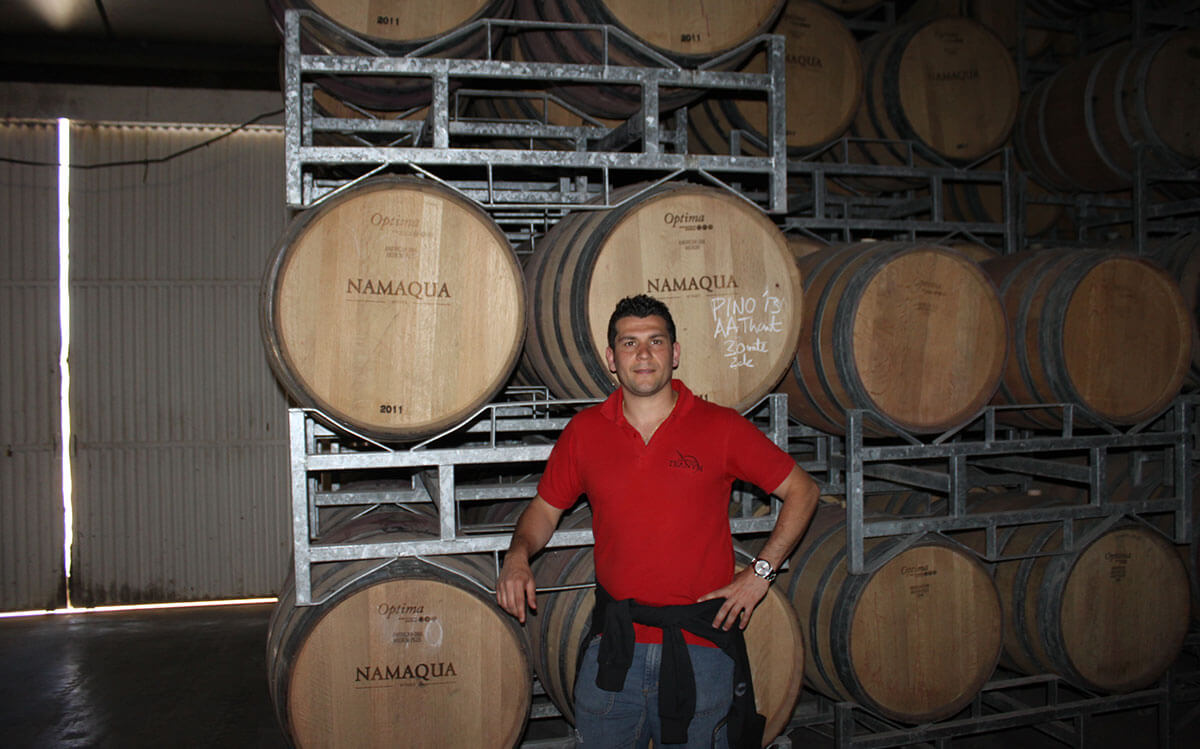
In terms of yield and quality of the current crop, we are doing much better than last year, but production this year will still be lower than a normal crop. Last year, we had a yield reduction of more than 35%. This year, I estimate we are going to be near to a 15% reduction. The weather conditions this year were very good in comparison with the last crop: summer was very hot and dry, with the first rainfalls arriving at the beginning of September. These weather conditions help us to have a healthy crop.
We are planning to start harvesting by the end of this week. Great news for our company: one month ago, we sold to one of the most important groups in Japan a full container of our extra-virgin olive oil Denocciolato. This allows us to increase the production of our factory this season.
Marqués de Valdueza - Estremadura (centre), Spain
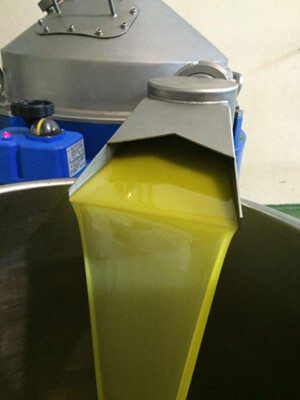 We expect to have about the same production in litres as last year. We hope to harvest more fruit, but earlier, so the yields per kilo will be lower. We are already in full harvest and production, and the fruit quality is excellent and very healthy. The spring heat and the extremely high temperatures in the summer caused some of the flower to fall off the trees, but we have had rain at the right times for an excellent harvest and have had no frost or hail problems. The weather has been “different” than we consider normal, but the relatively moderate sized harvest should produce excellent oil. The oil produced up to now has been aromatic and fragrant, as is typical from such early harvest. The taste will be more poignant, more intense than last year, but balanced with our characteristic bitterness and spice. Everything thus far indicates that the oil will be excellent this year.
We expect to have about the same production in litres as last year. We hope to harvest more fruit, but earlier, so the yields per kilo will be lower. We are already in full harvest and production, and the fruit quality is excellent and very healthy. The spring heat and the extremely high temperatures in the summer caused some of the flower to fall off the trees, but we have had rain at the right times for an excellent harvest and have had no frost or hail problems. The weather has been “different” than we consider normal, but the relatively moderate sized harvest should produce excellent oil. The oil produced up to now has been aromatic and fragrant, as is typical from such early harvest. The taste will be more poignant, more intense than last year, but balanced with our characteristic bitterness and spice. Everything thus far indicates that the oil will be excellent this year.
We have made some major changes to the mill this year. We have greatly enlarged the receiving capacity of the mill so every kilo of olives that arrives is immediately milled, eliminating the possibility of any fermentation or damage to the olives during storage. The milled olives are immediately passed to a new kneading unit, greatly enlarged, that reduces the mixing time and eliminates contact with the air. The mash goes to a new, enlarged centrifuge, replacing our two older, smaller units, which speeds up and improves separating times and quality. The oil then goes to a new vertical centrifuge which separates oil and water quicker than the old unit and more efficiently. No water is added to the system at any time of the process, and contact with the air has been reduced to a minimum. You will find that the oils from Marqués de Valdueza this year will be substantially cleaner in taste and even fresher than usual as part of our constant determination to make a great product even greater.
O Olive Oil - California, United States
It’s still early but the harvest is looking much better than last year, in spite of the fact we’ve had very little rain and above-average temperatures. We anticipate a 25-35% improvement in yield based on how the crop is looking so far. The weather conditions have been challenging as we have endured our 4th year of severe drought here in California. Fortunately, two of our orchards are in good shape due to a very shallow water table near the Sacramento River that naturally keeps these olives hydrated. We also harvest from several orchards that are in the foothills of the Sierra Mountains which have access to fresh spring water, so our olive trees are pretty healthy and happy and appear to be surviving another difficult year of drought conditions. We continue to pay fair trade / above market wages for our olive pickers, so that the families that help harvest our olives can make a living wage that is sustainable for their families to live and thrive on. In fact, we continue to support the same families that have harvested our olives by hand year after year for the last 17 years. Everyone is excited to see how this year’s oil will taste, since last year’s oil was very fruity and delicate in spite of the dry conditions and low yields. We expect this year’s oil to be very similar – fruity, flowery and delicate with a hint of green apple. Fingers crossed !
Francisco Gomez - Valencia, Spain
We are going to have a good harvest since temperatures are lower these days. In these conditions, the olives ripen slowly, which helps them retain all their aromas.
Cortes de Cima - Vidigueira, Portugal
We anticipate a good harvest in quantity and quality. The olives are very healthy, not attacked, and plentiful. The summer has been very dry. We started last week, as the olives are just about to change colour.
Due to the early harvest which we are doing now, we hope the oil will taste grassy and spicy, which is always our aim. We had some challenges this year last month, a freak storm passed by, and damaged a part of our olive trees with hail stones ! Luckily only a part !
Mas d’en Gil - Catalonia, Spain
Compared to last year, we believe the harvest will be around the same, maybe a bit more in some plots and a bit less in one of them. We do have five olive oil plots: PLANA del MAS, EL SAS, LA BRUGUERA, l’ESMOLER and LO GRIÑO. Half of them are in terraces and the other half at the side of the hill in slopes. July was hot, but in August and September we have not had very high temperatures. We had some rain in early September, which is actually very good for the olive trees at that time of the year. We hope our oil will have more complexity in taste, but already 2014 was a beautiful vintage. It’s too early to know for sure, we will find out as soon as we get the first “juices”. We can’t wait to have our harvest crew all together once again this year. We have been working with the same people for the past 20 years. Half of the team come from the PRIORAT wine region and the other half is a family from the Andalusian region of CORDOBA, in the south of SPAIN, and one of the most productive olive oil regions in our country. Some of them are already second generation so we have known each other for a long time. We are just a big family when the harvest arrives. Finally, we have made some improvements this year. For instance, to reduce evapotranspiration we installed specialized groundcovers for olive tree field. It is a combination of Bromus rubens and madritensis that cover only 50% of the space created between the rows. We are also experimenting with a plant called dittrichia, which naturally repels insects. Apart from the beautiful yellow colour, they help us to maintain our fields free of insects.

